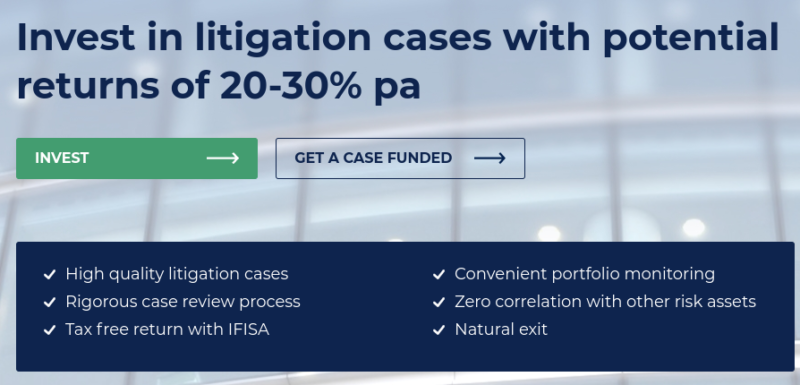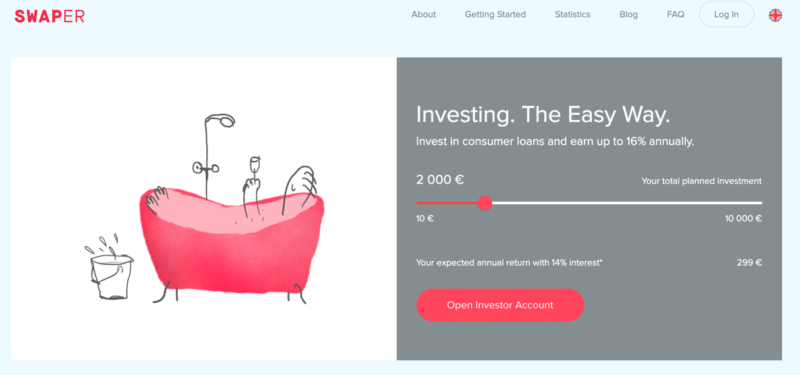Peer-to-Peer lending creates a marketplace that offers both parties what they seek. On the one hand, the system allows borrowers to avoid the hassle of turning to a bank and oftentimes – benefit from more competitive interest rates.
In the case of lenders, the phenomenon allows you to invest your money into third-party loans that typically offer a much higher yield than that of traditional assets.
Robocash is one such provider that caught my eye. Launched in 2017 – it offers a fully automated financial platform that follows the core principles of the peer-to-portfolio model. The service delivers an opportunity for you to invest in loans facilitated by Robocash Group.
In this review, I explore the ins and outs of how Robocash works, what loans you are investing in, how much you should expect to make, and of course – what risks to consider.
What is Robocash?
Robocash is behind a group of subsidiaries that offer robotic financial services in the lending marketplace, subsequently funding alternative loans. It focuses on providing automated fintech solutions and making international investments accessible to everyone.
The peer-to-peer lending process sits at the core of RoboCash Group. It primarily targets European investors, albeit, plans are being made to expand further afield in the near future.





